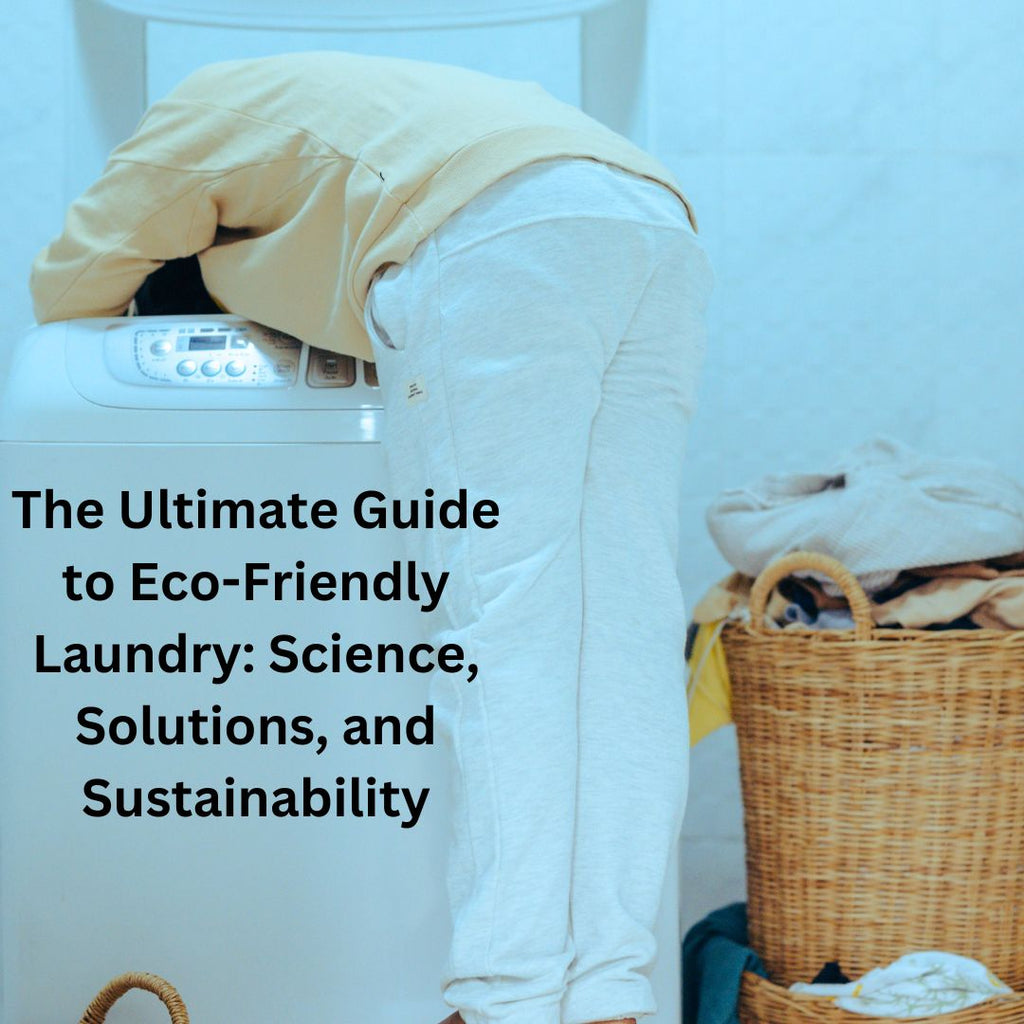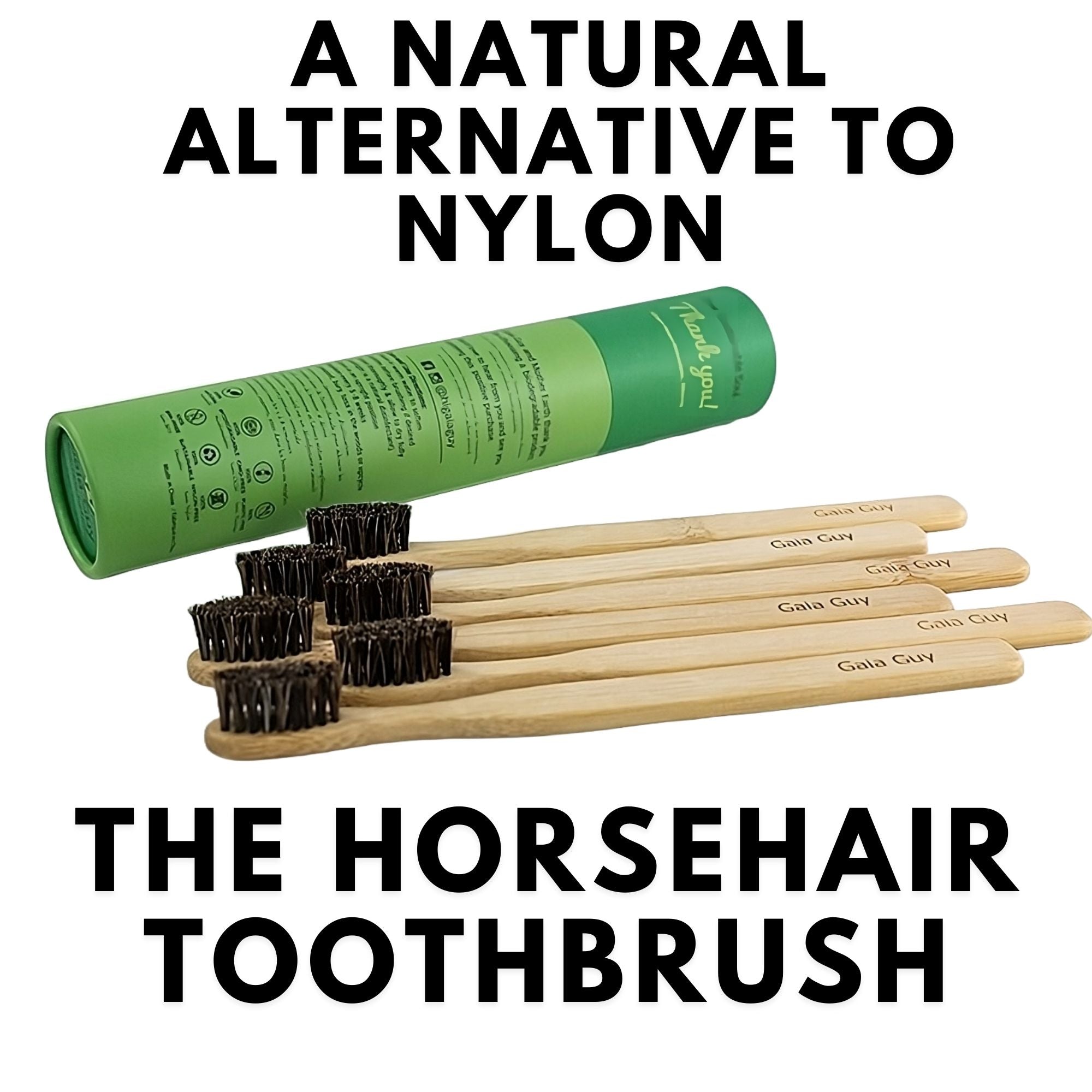In her article More Life, Less Plastics published for Plastic Free July, Crystal Zanders highlights how our clothing choices contribute to the plastic pollution in waterways like the Huron River. Through her conversation with Dr. Gillian Miller, a senior scientist at the Ecology Center, Zanders explains how synthetic fibers from clothes release microplastics into water systems during laundry. These microplastics pose serious risks to human health, being found in bodily fluids and organs, and have been linked to heart disease, neurological damage, and inflammation. Microplastics are also harmful to wildlife, as animals mistake them for food, potentially leading to starvation or death.
Zanders emphasizes the importance of reducing plastic clothing consumption, washing clothes less frequently, and opting for natural, durable fabrics like cotton, wool, or hemp. She also advocates for secondhand shopping, extending the life of garments, and repurposing old clothing. While individual action is essential, Dr. Miller stresses that solving the microplastic problem requires systemic change, urging people to vote for policies that protect the environment.
1. What are microplastics, and why are they a problem?
Microplastics are tiny fragments of plastic that break down from larger items. They are problematic because they don't decompose, accumulate in the environment, and have been found in human organs, bodily fluids, and wildlife. Microplastics can cause inflammation, carry harmful chemicals, and disrupt ecosystems when ingested by animals.
2. How do microplastics get into waterways?
One of the major sources of microplastics in water is from washing synthetic clothing and even from those so-called eco-friendly laundry sheets. Each time clothes made of materials like nylon or polyester are washed, tiny fibers break off and enter wastewater systems. Not all of these fibers are filtered out, and they end up in rivers, lakes, and oceans.
3. Can microplastics affect human health?
Yes. Microplastics have been found in human blood, urine, testicles, breast milk, and even in the plaques of arteries. There is evidence suggesting that they can cause inflammation, pass through the blood-brain barrier, and carry toxic chemicals, potentially leading to heart attacks, strokes, and neurological diseases like Parkinson’s and Alzheimer’s.
 4. What can I do to reduce microplastics from my clothing?
4. What can I do to reduce microplastics from my clothing?
You can help by reducing the number of plastic-based clothes you buy, washing clothes less frequently, and purchasing durable clothing made from natural fibers like cotton, wool, or hemp. You can also opt for secondhand shopping and find ways to repurpose worn-out clothing. Also checkout plastic-free products on Gaia Guy.
5. Are there alternatives to synthetic clothing that don’t contribute to microplastics?
Yes, clothes made from natural fibers like organic cotton, wool, hemp, and bamboo are better alternatives as they don’t shed plastic fibers into waterways. When buying new clothes, consider high-quality, long-lasting materials to reduce waste and pollution.
6. Can individual actions make a difference in solving the microplastics problem?
While individual actions like reducing plastic clothing use and washing less can help, systemic change is crucial. Voting for environmental policies that address pollution, supporting regulations that limit plastic production, and raising awareness are key steps to tackling the broader problem. Start your day microplastic free!

7. Why is voting important in the fight against microplastics?
Individual actions alone cannot solve the microplastics problem. Political action and government regulations are needed to limit plastic production, improve waste management, and implement pollution controls. Voting for leaders who prioritize environmental protection is crucial to creating lasting change.
For more in-depth insights into how our everyday habits contribute to plastic pollution and practical ways to make a positive impact, check out the full article on the Ecology Center's website: More Life, Less Plastics. This piece, part of the "More Life, Less Stuff" campaign, delves into the hidden dangers of microplastics and offers actionable tips on reducing your environmental footprint










